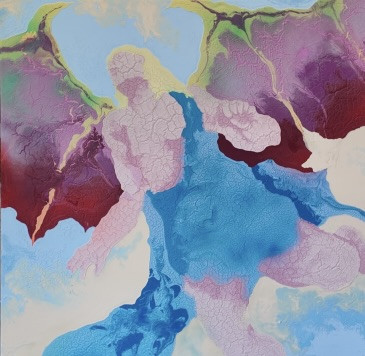Start your collecting journey
At Artscapy, we believe that art holds incredible value, both culturally and as an investment. That's why our advisors carefully curate exclusive collections, giving you access to investment-grade pieces that have the potential to appreciate in value after you buy them.
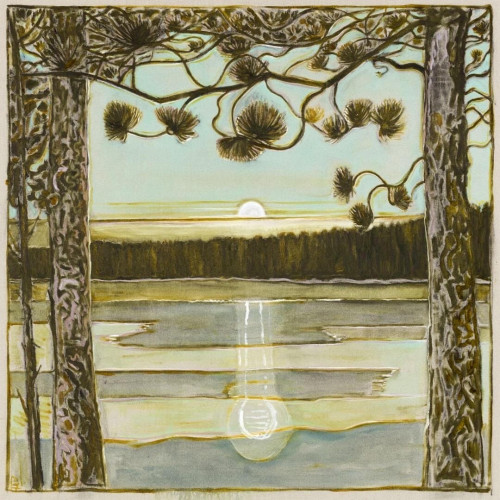
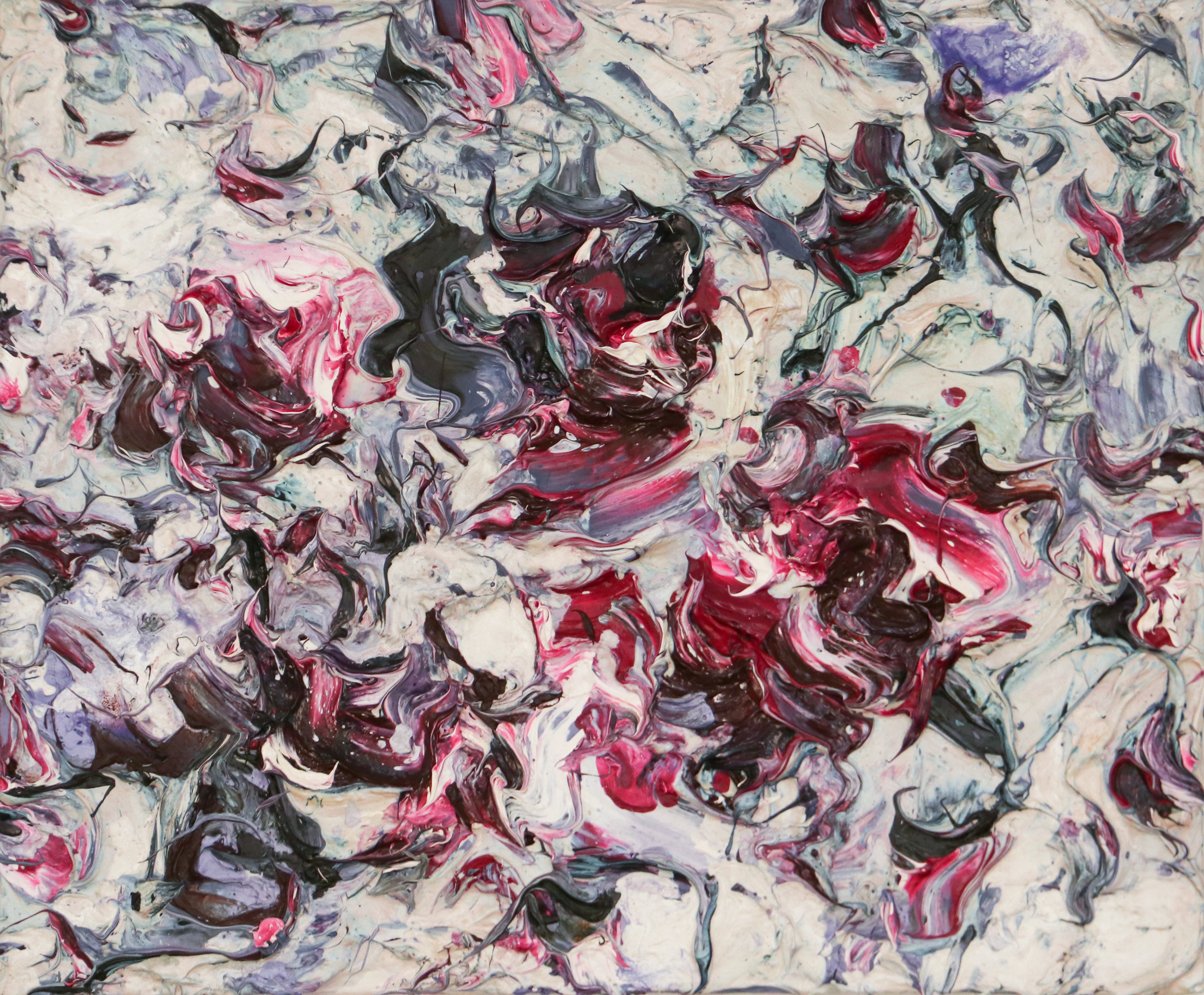


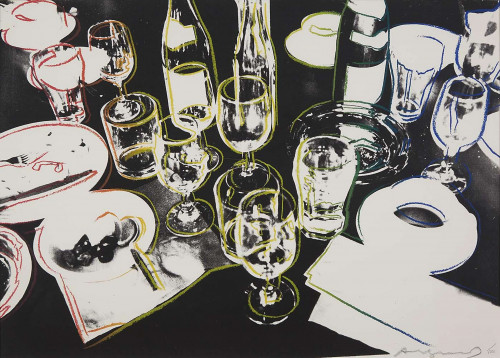
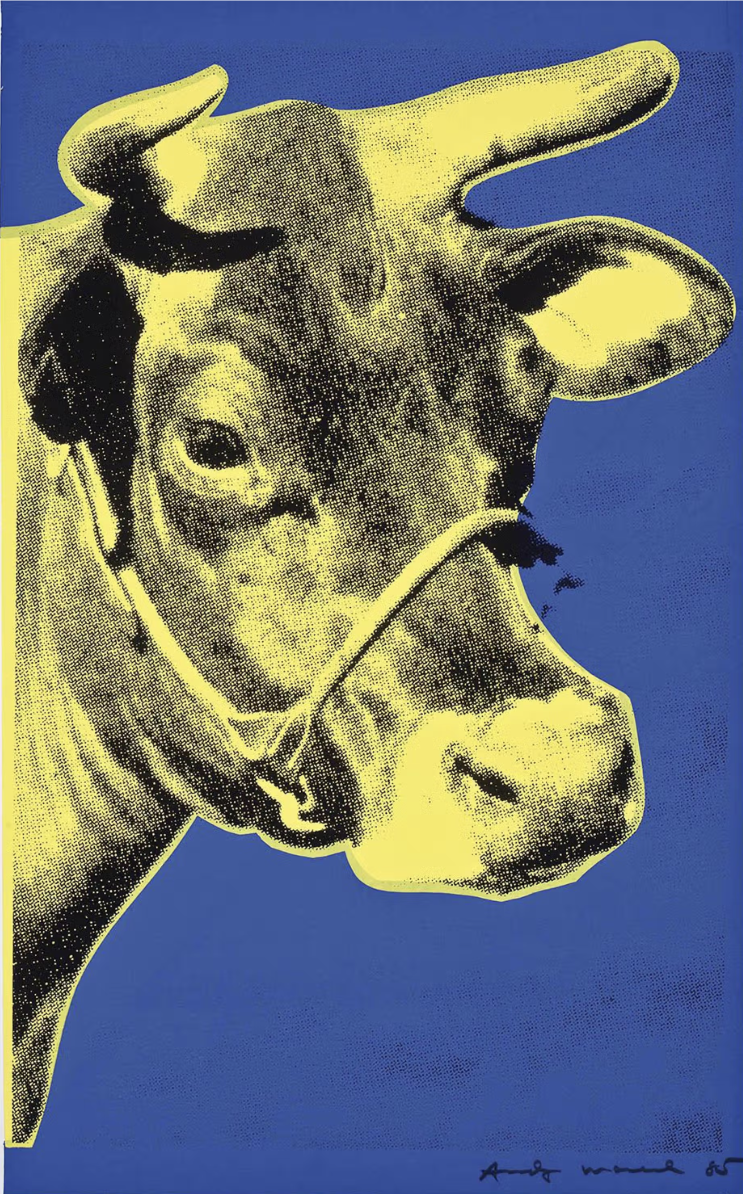

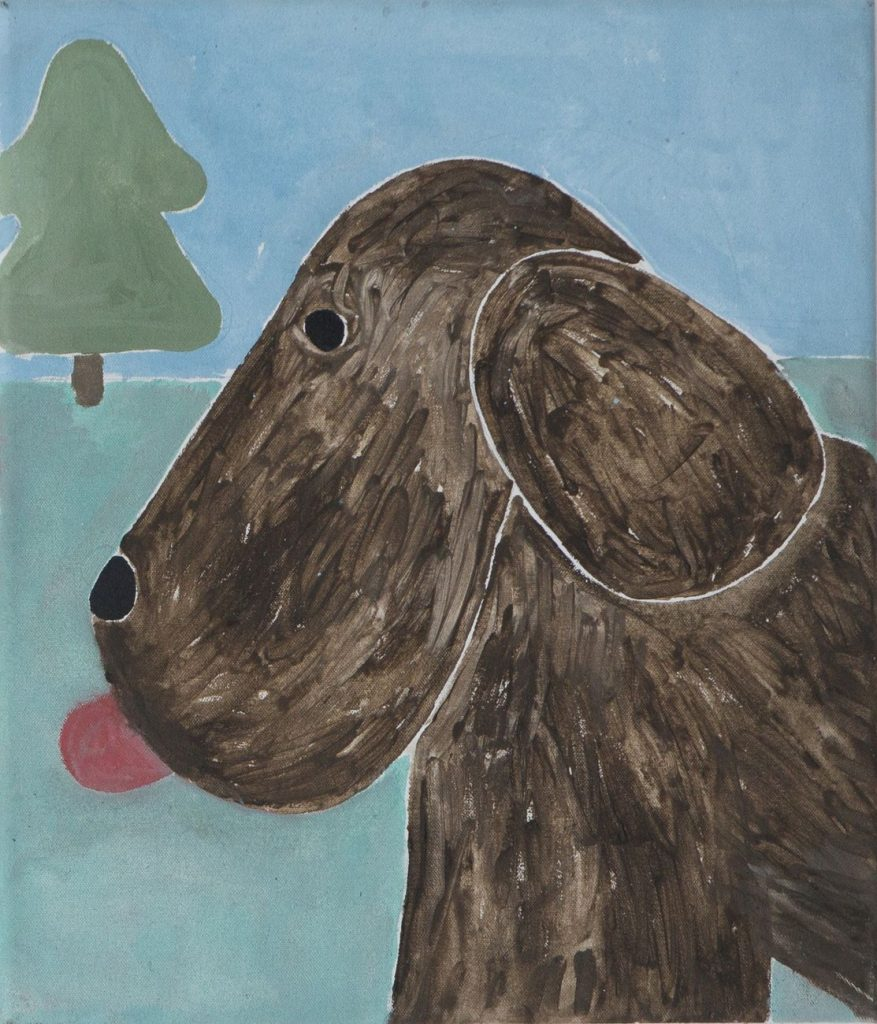
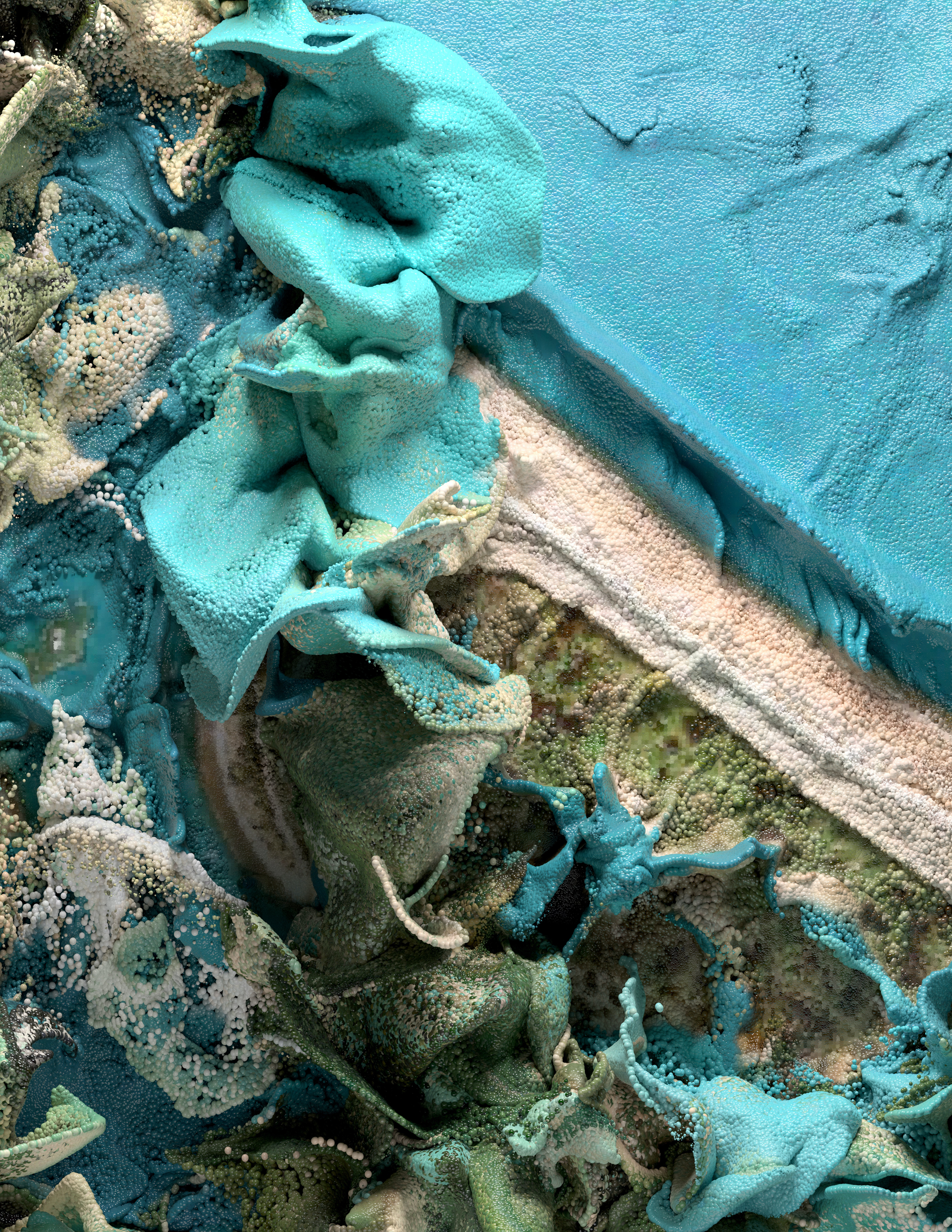
Our experts
Each piece in our collections is selected by our team of expert advisors. We don’t overwhelm you with thousands of options – only the finest pieces make the cut.
Ultra-Contemporary voices: Reinventing the figure
At the forefront of ultra-contemporary practice, these works embody how today’s artists are reshaping figuration. With humor, intimacy, and radical experimentation, Scarpi, Payano, Toh Djojo, and Helyer reflect the pulse of a new generation of painting.
Discover more
Hidden in Plain Sight: Underappreciated Modern Masters
This curated selection brings together works by artists whose contributions to modern art history deserve far greater recognition. From the vibrant mythologies of Chico da Silva to the rhythmic abstractions of Calder’s tapestries and the deeply rooted cultural narratives of Heitor dos Prazeres, these works challenge the canon and invite collectors to look beyond the familiar. These are modern masters whose works and mediums, long overshadowed, are now highlighted and brought to the fore.
Mythology and the American Dream: Here's June Collection
This is a unique private collection from the United States, featuring works by Jordy Kerwick, Wes Lang, and Futura 2000, created between 2010 and 2021. These abstract paintings draw inspiration from a wide range of themes including mythology, folklore, the American Dream, and even science fiction and space exploration. What unites them is a shared passion for storytelling and documentation. Mixing these with abstraction results in these detailed canvases that truly reflect the identity of the artist and the cultural ethos that surrounded them.
Street Art: From Urban Walls to Collectible Icons
Street Art has evolved from underground expression to a major force in the global art market. This selection captures its bold aesthetics and cultural urgency, blending visual punch with social commentary. Whether original or editioned, these works offer collectors strong market appeal, cultural relevance, and long-term value—making them powerful additions to any contemporary art collection.
The Power of Multiples: Building an Art Collection Through Editions
Prints & Multiples offer a compelling entry point into collecting, combining accessibility with artistic significance. These editioned works allow collectors to engage with important artistic practices at a lower investment threshold, while still benefiting from limited availability, institutional visibility, and strong resale potential. As both cultural artefacts and market-savvy acquisitions, they form a vital, versatile foundation for any well-rounded art collection.
Foundations of Value: A Selection of Blue Chip Artworks
Curated by our Advisory team, this investment-focused selection features dynamic contemporary artworks with strong market potential. The collection combines thought-provoking themes and financial promise, making it an ideal addition to any portfolio. Each piece offers both aesthetic impact and long-term growth opportunities
Fresh Forces: Emerging Talents Worth Watching
Welcome to Artscapy's exclusive collection of works by trending and emerging artists, curated just for our members.This curated selection features some of the most promising emerging artists currently represented by influential galleries. While early-career artists come with a degree of risk, the momentum behind these artists suggests strong potential for growth. With increasing collector interest, institutional recognition, and a distinctive artistic voice, each of them are carving out a unique space in the contemporary art world. For collectors seeking to invest in the next wave of talent, these works offer both aesthetic and financial appeal.
How does it work?
Authenticity & due diligence
We check condition, authenticity, and provenance. Every piece undergoes expert due diligence so you can collect with complete confidence.
Buying process
Simply browse, enquire, and let our advisory team guide you through the process - from discovery to secure purchase.
Delivery to your home
We coordinate the insured shipment of the artwork, so you can enjoy a hands-off, worry-free experience.
Sell with Artscapy anytime
Whether you're after speed or the best return, we’ll help you find the right buyer. From valuation to delivery, we take care of it all.
Start your collection today









